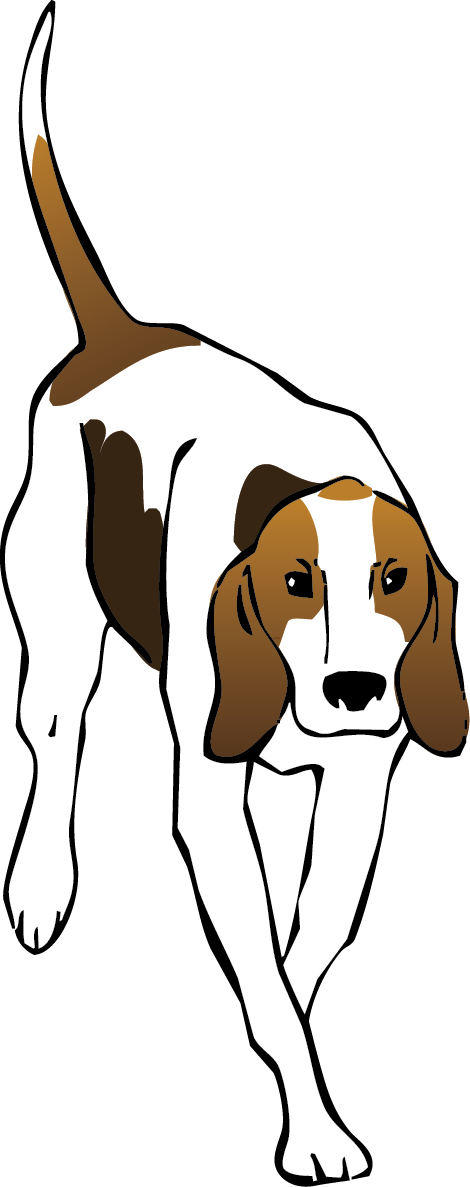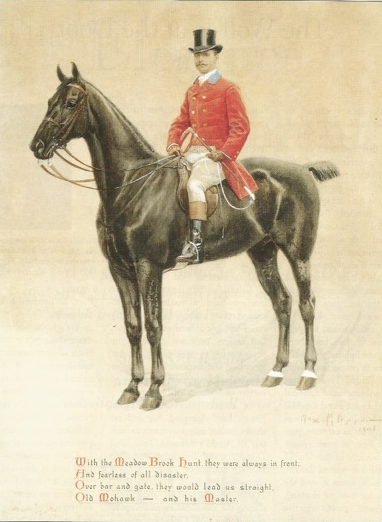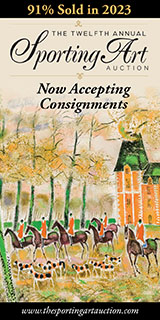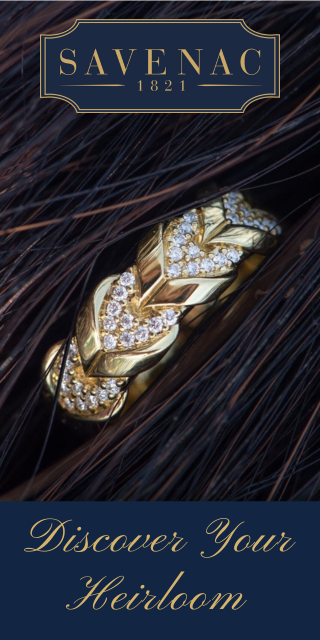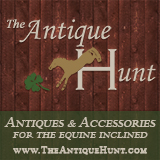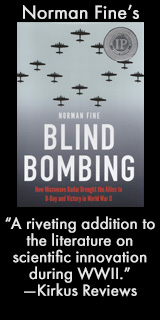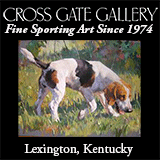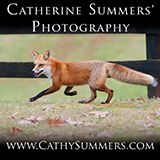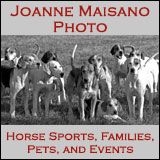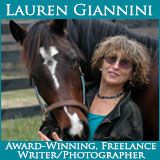Hunting Days of Yore
The Cad, Part II
Martha wrote this story after studying the unpublished manuscript, The Life of an American Sportsman: Being Reminiscences by Harry Worcester Smith, during the course of her 2016 John H. Daniels Fellowship at the National Sporting Library & Museum in Middleburg, Virginia. (Part I was published last month.)
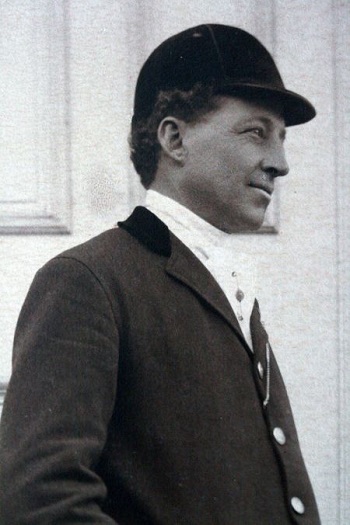 Harry Worcester Smith in hunting attire, circa 1910, from the Harry Worcester Smith Archive (MC0041), National Sporting Library & Museum.Undeterred by his spills the spring and summer of 1900, and against everyone’s advice, Harry entered The Cad in the $10,000, three-and-a-half mile Champion Steeplechase at Morris Park (in what is now The Bronx, NY), Saturday, October 6, 1900. Ollie Ames met him at the clubhouse that Saturday morning.
Harry Worcester Smith in hunting attire, circa 1910, from the Harry Worcester Smith Archive (MC0041), National Sporting Library & Museum.Undeterred by his spills the spring and summer of 1900, and against everyone’s advice, Harry entered The Cad in the $10,000, three-and-a-half mile Champion Steeplechase at Morris Park (in what is now The Bronx, NY), Saturday, October 6, 1900. Ollie Ames met him at the clubhouse that Saturday morning.
“You are not going to run The Cad are you?” Harry recalls Ollie saying. “He’ll break your neck!” Next, Mr. B. F. Clyde of Philadelphia admonished him, “Now, look here, Harry Smith, I have seen you ride a great many times around New York, Philadelphia and Saratoga; I have the greatest admiration for you as a sportsman, in fact I am very fond of you. Now, Please don’t take your life in your hands and ride The Cad today against all those professionals.” It seems Mr. Clyde had his money on another horse; Harry thanked the man and walked away. “Then, about noon,” Harry writes, “a Western Union boy came up and handed me a telegram. It was from Mrs. Smith: ‘Don’t ride, get best professional possible. Signed, ‘Mildred.’”
The Cad, Part I
Martha wrote this story after studying The Life of an American Sportsman: Being Reminiscences by Harry Worcester Smith during the course of her 2016 John H. Daniels Fellowship at the National Sporting Library & Museum in Middleburg, Virginia.
Harry Worcester Smith at his writing desk, possibly in Aiken, SC or Grafton, MA / Courtesy of NSL&M
I’m not sure that many people would have characterized Harry Worcester Smith as a good-for-nothing “cad.” On the other hand, neither might they have called him a gentleman. He was highly opinionated and he had a temper. He had a wicked sense of humor and he suffered no fool. He was a scalawag, a bit of a braggart, maybe a knave, possibly a scoundrel. It’s perhaps divine providence or poetic justice that his favorite horse, his horse-of-a-lifetime, was named “The Cad.”
The Lad and The Huntsman
What follows is the author’s Introduction to his forthcoming book, Chappie: color cover, black and white illustrations, about 6 x 8-1/4 inches, $45.00 USD (price includes postage), release date August, 2016. Fifty copies will be printed; half are already pre-sold. Click for purchase instructions.
Chappie, painting by Wilk, reproduced with permission
One morning in the early 1960s, a young lad took a day off school to go hunting; he had planned it down to the smallest detail. Hounds were meeting in the Troutbeck valley at 9:30, but that was on the other side of the 1601-foot-high fell known as Wansfell Pike. As usual he left home about 8:15 am but instead of heading for the playground near the church to meet his mates and play football, he turned left at the Salutation Hotel and took the road for Wansfell.
The Oldest Foxhunting Photograph?
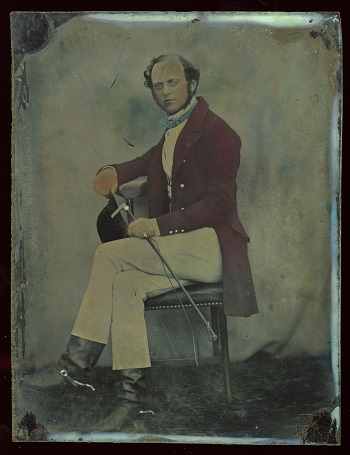 Ambrotype, 1855, John Fred Garper / Collection of Jason WrightJason Wright may possess the oldest foxhunting photograph in existence.
Ambrotype, 1855, John Fred Garper / Collection of Jason WrightJason Wright may possess the oldest foxhunting photograph in existence.
A long time collector and researcher of early photography, Wright's collection consists mainly of daguerreotypes covering the five-year period from 1839 (when the process was first introduced) to 1843. Wright discovered this photograph, an ambrotype, in a lot of early daguerreotypes that he purchased from a Scottish country house sale.
On the back of the framed photo appears the date 1855 and the name of the subject. The surname is somewhat difficult to make out, but the proud young man, booted and spurred, whip and cap in hand, would be John Fred Garper as best it can be deciphered. Wright claims to know all the major sources for daguerreotype and ambrotype (a later process) images and says he has never before come across an image of either process with English-style foxhunting subject matter.
A Foxhunter Turns 100!
On the happy occasion of Mr. I. Tucker Burr, III’s one hundredth birthday on Thursday, July 27, 2017, we republish the story of his raucous escapade in 1936 when he and a schoolmate ran his mother’s Norfolk Hunt foxhounds on a drag hunt through Harvard Yard.
Mr. Burr, you and your friend Leverett Saltonstall, Jr. were a proper pair of rascals, and we all wish we could have been there for the fun. Happy birthday, sir.The Leverett Saltonstall Family in the Norfolk Hunt field, 1930. Leverett (top hat) was governor of Massachusetts and U.S. Senator, three terms each. Leverett, Jr is just left of his father.
In the dark of night on April 16, 1936, the atmosphere of refinement within the hallowed walls of Harvard Yard was suddenly shattered by foxhounds in full cry. A candid confession to the affair is buried in the pages of The Norfolk Hunt: One Hundred Years of Sport, published in 1995 to commemorate Norfolk’s centennial. The statute of limitations having long expired, we can confidentially out the two students who organized and carried out the caper: Leverett Saltonstall, Jr. and I. Tucker Burr, III.
Tuck’s mother, Mrs. I. Tucker (Evelyn Thayer) Burr, Jr. was MFH and huntsman of the Norfolk Hunt at the time of the incident. Whether she was a willing accessory we’ll leave to the reader to decide. Young Leverett whipped-in to her from time to time. Leverett’s father, who traced his roots directly to the Mayflower, was Speaker of the Massachusetts House of Representatives, soon to be governor for three terms, and finally U.S. Senator for three elected terms.
The Harvard Yard Run
The Leverett Saltonstall Family in the Norfolk Hunt field, 1930. Leverett (top hat) was governor of Massachusetts and U.S. Senator, three terms each. Leverett, Jr is just left of his father.
In the dark of night on April 16, 1936, the atmosphere of refinement within the ancient walls of Harvard Yard was suddenly shattered by foxhounds in full cry. A candid confession to the affair is buried in the pages of The Norfolk Hunt: One Hundred Years of Sport, published in 1995 to commemorate Norfolk’s centennial. The statute of limitations having long expired, we can confidentially out the two students who organized and carried out the caper: Leverett Saltonstall, Jr. and I. Tucker Burr, III.
Tuck’s mother, Mrs. I. Tucker (Evelyn Thayer) Burr, Jr. was MFH and huntsman of the Norfolk Hunt at the time of the incident. Whether she was a willing accessory we’ll leave to the reader to decide. Young Leverett whipped-in to her from time to time. Leverett’s father, who traced his roots directly to the Mayflower, was Speaker of the Massachusetts House of Representatives, soon to be governor for three terms, and finally U.S. Senator for three elected terms.
British-Inspired Rabbit Hunt Took an Odd Turn
California hare by John J. Audubon
The early part of the last century saw the people of Riverside, California looking towards Great Britain for inspiration for their leisure activities.
This was chiefly because of the many British immigrants who had begun arriving here about 1889, primarily to invest in, among other things, the fast-growing orange industry. English customs were held in the highest esteem, especially among socially ambitious Americans, Tom Patterson wrote in his book, A Colony for California.
Riversiders engaged in such British activities as polo, high tea, and foxhunting. The latter did not usually include a fox, because foxes were not common in the area. Instead they substituted a more common animal, the jackrabbit. These hunts were conducted wherever a large area of open land could accommodate horses, hunters, hounds, and the prey.
Elliott Roosevelt, MFH
This portrait of Elliott Roosevelt, MFH of the Meadow Brook Hunt, Long Island, NY, was painted in watercolor by Max Klepper in 1915. Roosevelt was the father of First Lady Eleanor Roosevelt. (Yes, that was her maiden name as well.) The Master led his field over thick and unyielding post-and-rail fences that started at four feet and went up from there. The poem at the bottom of the painting reads as follows: With the Meadow Brook Hunt they were always in front,And fearless of all disaster.Over bar and gate, they would lead us straight,Old Mohawk — and his Master. Posted March 5, 2014... This content is for subscribers only.Log In Join Now
Read More
Drag Hunting: From Racing to Simulating the Hunt
 Mrs. Louise Eustis Hitchcock, MFH and huntsman of the Aiken Drag Hunt and Mr. Thomas Hitchcock / Courtesy Hitchcock Woods Foundation
Mrs. Louise Eustis Hitchcock, MFH and huntsman of the Aiken Drag Hunt and Mr. Thomas Hitchcock / Courtesy Hitchcock Woods Foundation
Drag hunting was once a gloriously competitive sport, the roots of which go back to seventeenth-century England. During the reign of King James I (1603–1625), it began as a sport known as running a train scent. A “drag was laid, hounds were put on the line, and ran it at a racing pace. The horse in the lead at the end of the drag was declared the winner,” wrote the late Alexander Mackay-Smith in his Foxhunting in North America.
Later in the same century, during the reign of King Charles II (1649–1685) , a gentleman could enter his hound or hounds to compete for the Woodstock Plate, a race for hounds following a four-mile drag as a test of both the hound’s speed and its ability to follow a scent. When houndsmen and spectators discovered that the best and, not incidentally, the most enjoyable way to follow the hound race was on horseback, the sport of drag hunting was born according to John Philip Hore in his History of Newmarket.
Even Hugo Meynell, the father of modern foxhunting, played his part in drag-hunting history when, in 1763, he participated in a celebrated hound match in the form of a drag hunt between his Quorn Foxhounds and those of Mr. Barry’s Cheshire Foxhounds. By the nineteenth century, the notion of a guaranteed, sustained gallop over jumps appealed to many sportsmen, especially those who mainly hunted to ride.
Night Hunting with Dad
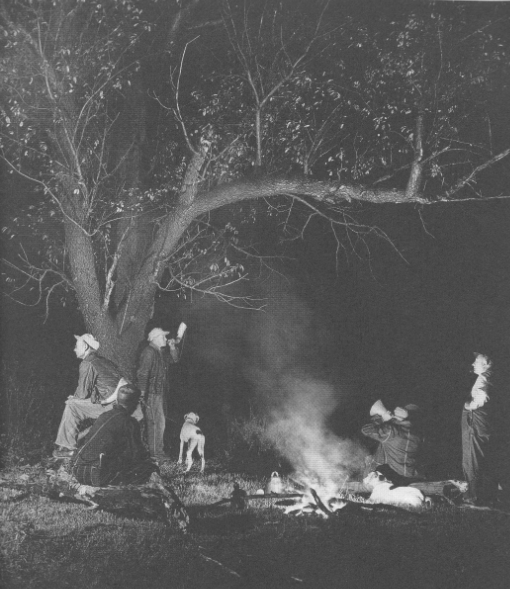
This is a true story as best as I can recollect. I was about six or seven years old that night, but as you can imagine this was a story told and retold around many a local foxhunter’s fire for many years thereafter.
Dad often took me foxhunting with him when I was little. I don’t have many memories of those hunts other than falling asleep in the back of whatever old car dad had at the time. The foxhunting that dad and his friends participated in did not involve horses or fancy scarlet coats. Their steeds were Ford and Chevy, GM and Oldsmobile; the uniforms worn were usually whatever work clothes they had been wearing that morning.
